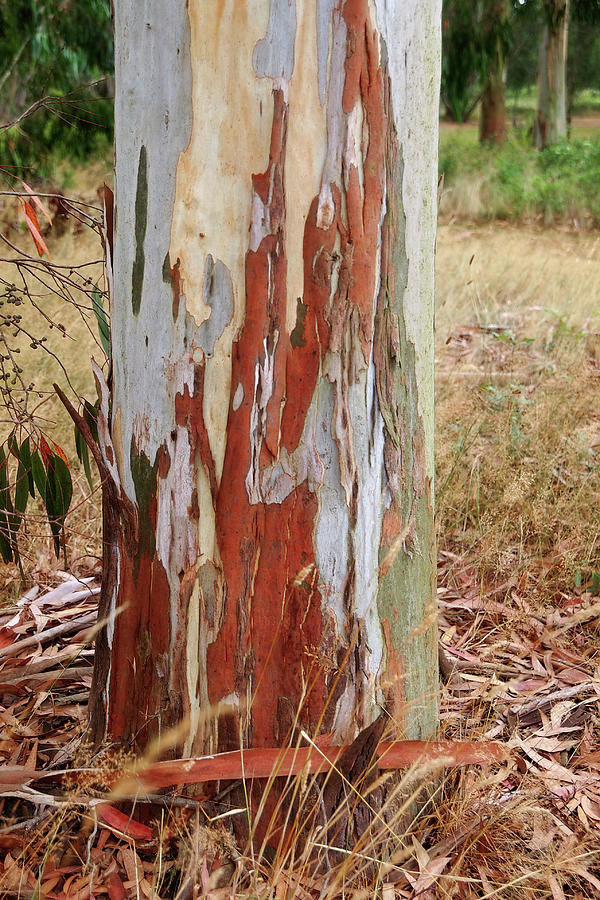
Colorful Eucalyptus Tree Bark 1 Photograph by Gill Billington
The tree's smooth bark sheds in strips, leaving behind these brilliant, almost psychedelic colors. Known by the scientific name eucalyptus delgupta, this unique, beautiful species thrives.
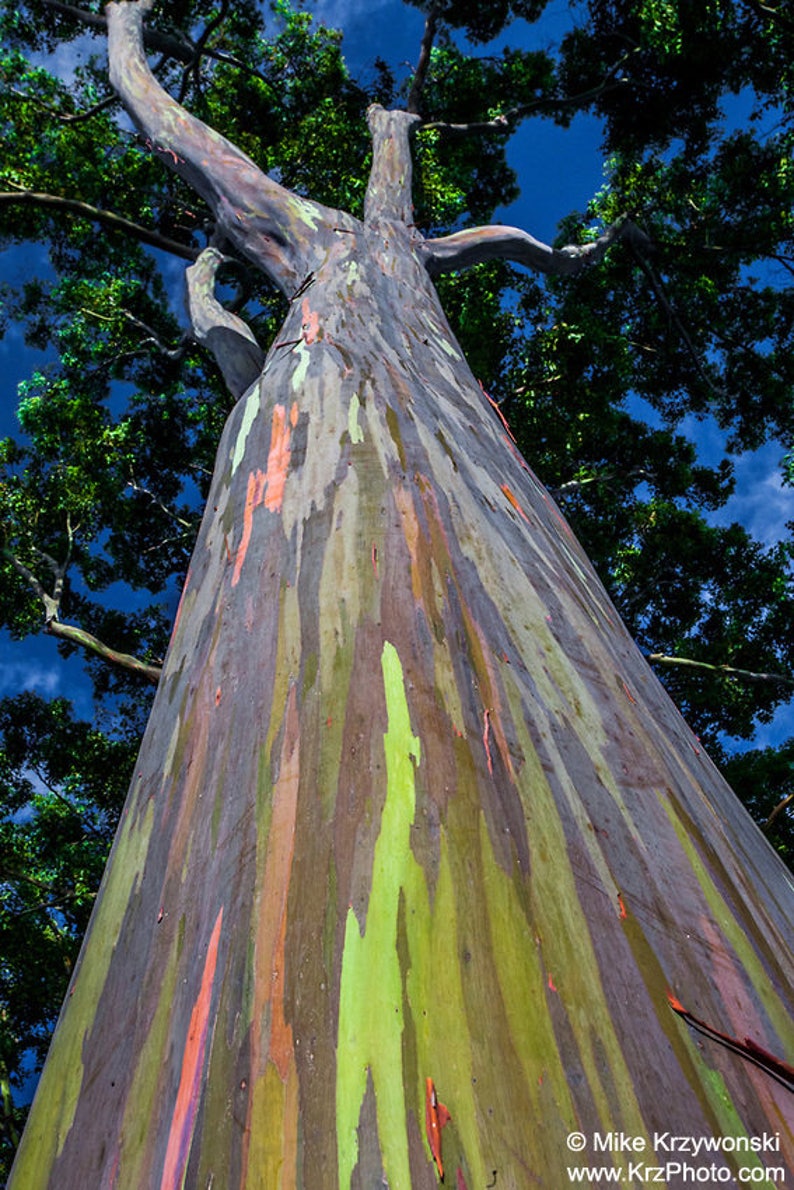
Close up of Rainbow Eucalyptus Tree Bark Oahu Hawaii Photo Etsy
16 Top Fragrant Indoor Plants Where to Plant Eucalyptus Plant eucalyptus where it will get full sun and have consistent and adequate drainage. Make sure there's plenty of room around it so it can grow big and wide. If you're planting eucalyptus in an area where they're hardy, they may exhibit allelopathic effects on some plants.
A rainbow eucalyptus tree, their bark changes colors as it shreds over time they can also grow
Eucalyptus caesia, a young silver princess gum tree, is a kind of eucalyptus with weeping growth. Eucalyptus trees, which may grow up to 45 feet (14 meters) tall and live for 150 years, are known as fast-growing silver princess eucalyptus trees. As the tree grows, the bark becomes smoother and flakes off. It is reddish-brown.

california eucalyptus tree pictures Eucalyptus (gum tree) bark in coastal Royal National Park
Eucalyptus ( / ˌjuːkəˈlɪptəs /) [2] is a genus of more than 700 species of flowering plants in the family Myrtaceae. Most species of Eucalyptus are trees, often mallees, and a few are shrubs. Along with several other genera in the tribe Eucalypteae, including Corymbia and Angophora, they are commonly known as eucalypts.
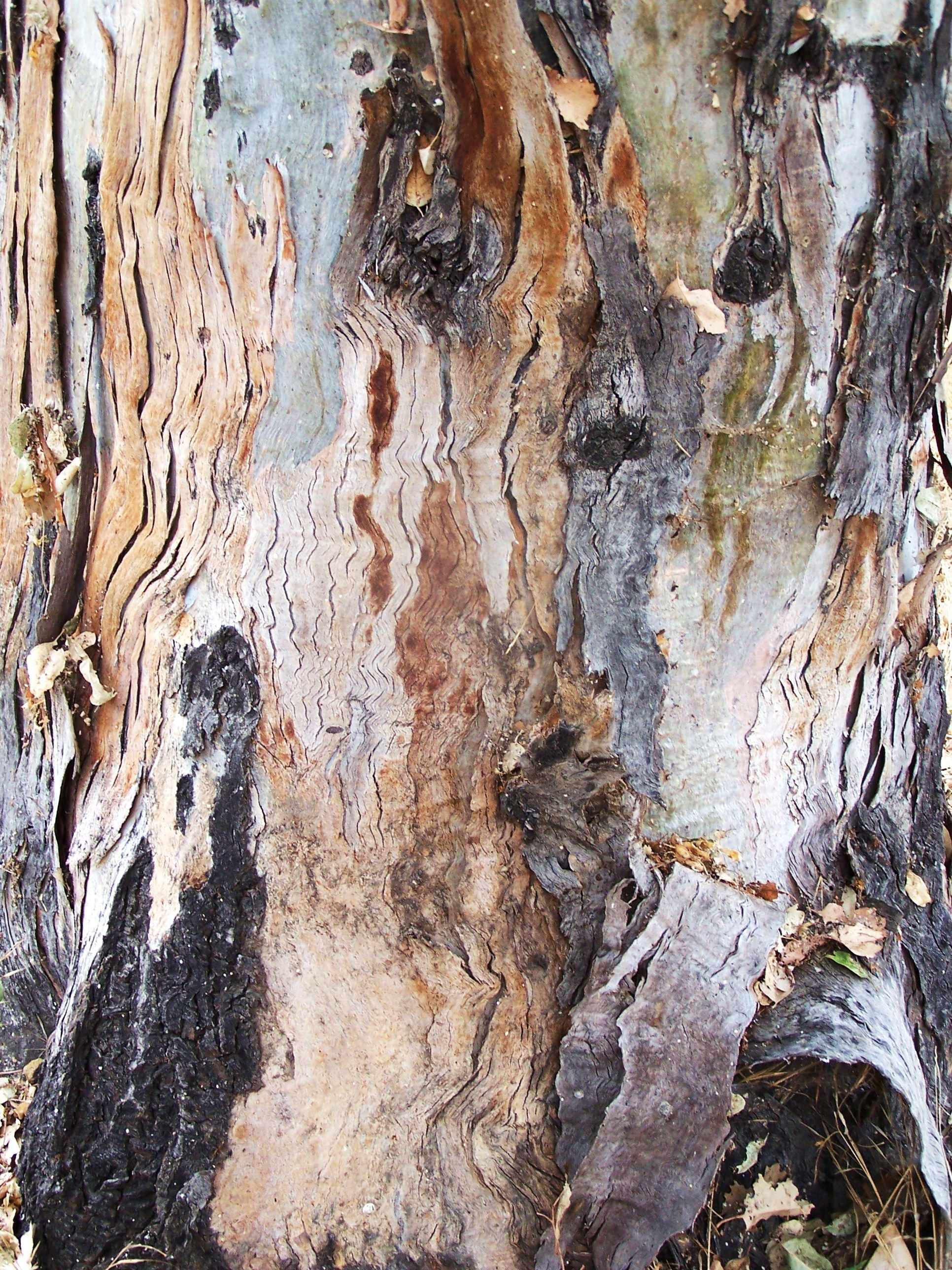
BARK OF EUCALYPTUS TREE IV Color Photograph By Luise Andersen
IDENTIFY NEW PLANTS WITH PLANTSNAP Eucalyptus belong to the family Myrtaceae. Common features of eucalyptus include their shaggy bark, also called stringybark, which peels off either year-round or seasonally, depending on the species. These trees have an abundance of stamens, making them flowering trees, unlike pines.
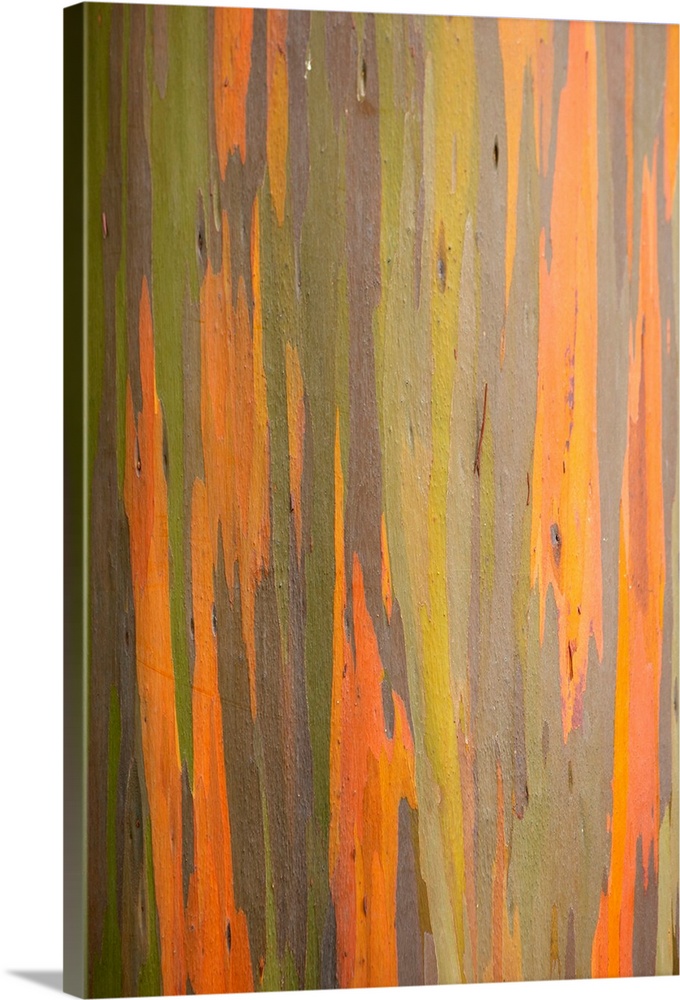
Rainbow Eucalyptus Tree Bark Wall Art, Canvas Prints, Framed Prints, Wall Peels Great Big Canvas
VIDEO 1,425 Eucalyptus Tree Bark Stock Photos & High-Res Pictures Browse 1,425 eucalyptus tree bark photos and images available, or start a new search to explore more photos and images. Browse Getty Images' premium collection of high-quality, authentic Eucalyptus Tree Bark stock photos, royalty-free images, and pictures.
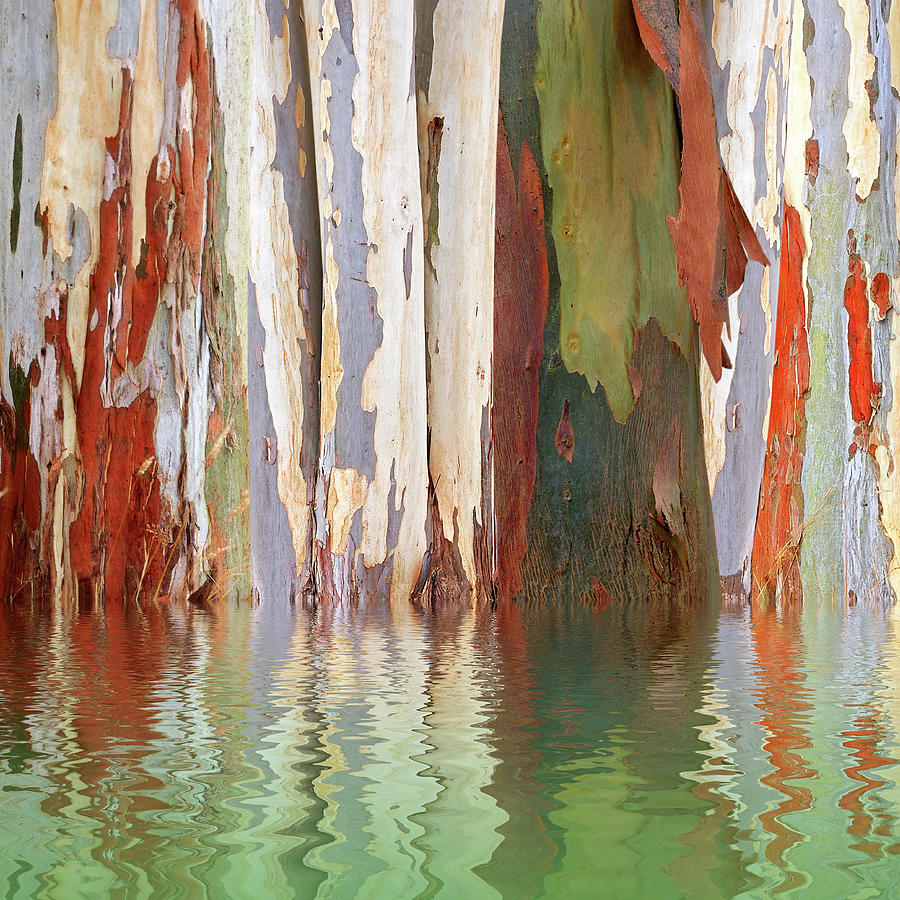
Eucalyptus Tree Bark Reflections Photograph by Gill Billington
The bark is usually smooth, white to cream-colored. Many eucalyptus trees shed the dead outermost layer of bark in flakes or ribbons whereas other varieties or types have thick textured bark. Eucalyptus mature height depends on the species, which range from shrubs to small and tall trees, generally between 10-200 feet tall. Eucalyptus trees don.
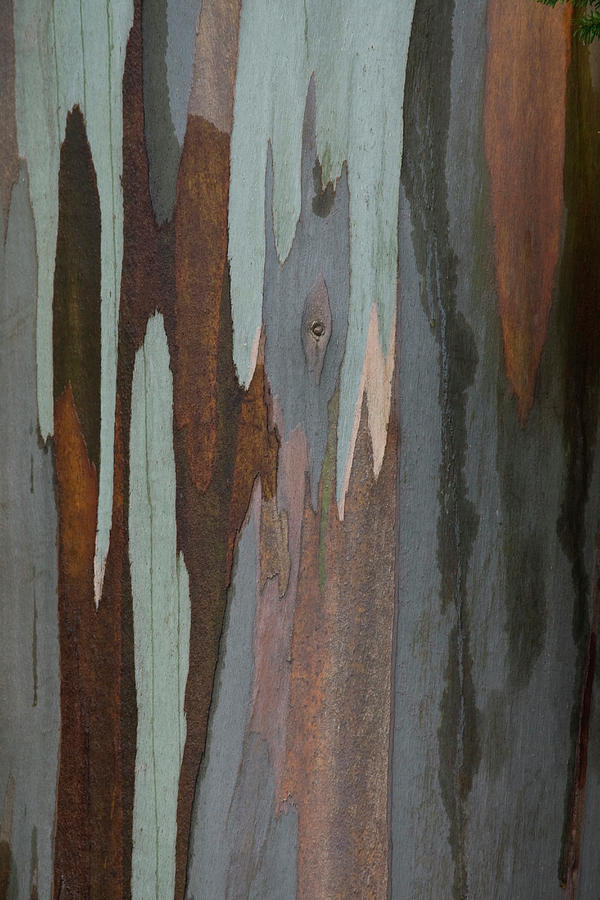
Eucalyptus Tree Bark Photograph by Darrell Gulin Fine Art America
The rainbow eucalyptus (Eucalyptus deglupta) is a tree species native to the Philippines and Papua New Guinea. It is known for its towering height and rainbow-like bark that contains pastel streaks of orange, red, purple, blue, and green. The species is grown in large quantities for use as pulpwood in the manufacturing of paper.

Eucalyptus tree bark Eucalyptus tree, Tree bark, Nature inspiration
By Jackie Carroll last updated November 29, 2022 Most trees shed bark as new layers develop under older, dead bark, but in eucalyptus trees, the process is punctuated by a colorful and dramatic display on the trunk of the tree. Learn about peeling bark on a eucalyptus tree in this article. Do Eucalyptus Trees Shed Their Bark? They certainly do!

Detail of Flaking Paper Bark Eucalyptus Tree, Australia Stock Photo Image of swirled, pattern
Most emit a camphorlike scent that comes from oils in the leaves. In all types of eucalyptus, the bark dies each year. In smooth bark types, the bark comes off in flakes curls or long strips. In rough bark Eucalyptus, the bark doesn't fall off as easily, but accumulates in entwined, stringy masses of the tree.
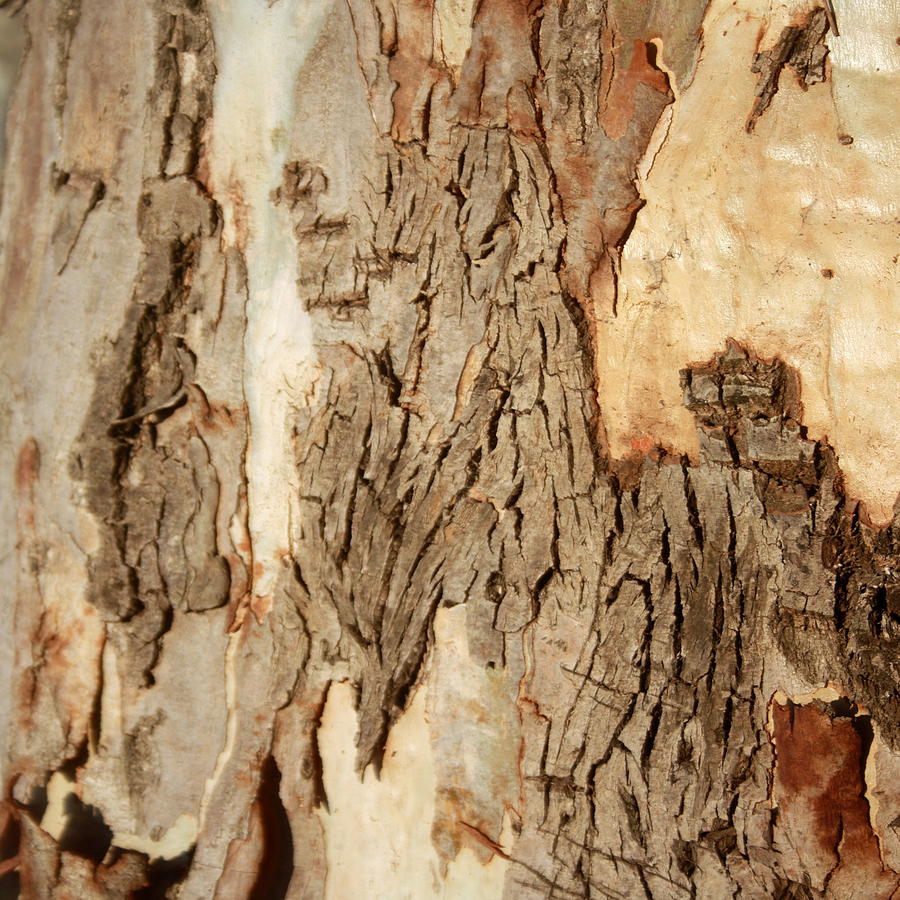
Eucalyptus Gum Tree Bark Abstract Photograph by Taiche Acrylic Art Fine Art America
Plant Types Trees Eucalyptus rubida (Candlebark) Eucalyptus rubida (Candlebark) Candlebark, Candle-Bark Gum, Ribbon Gum, White Gum
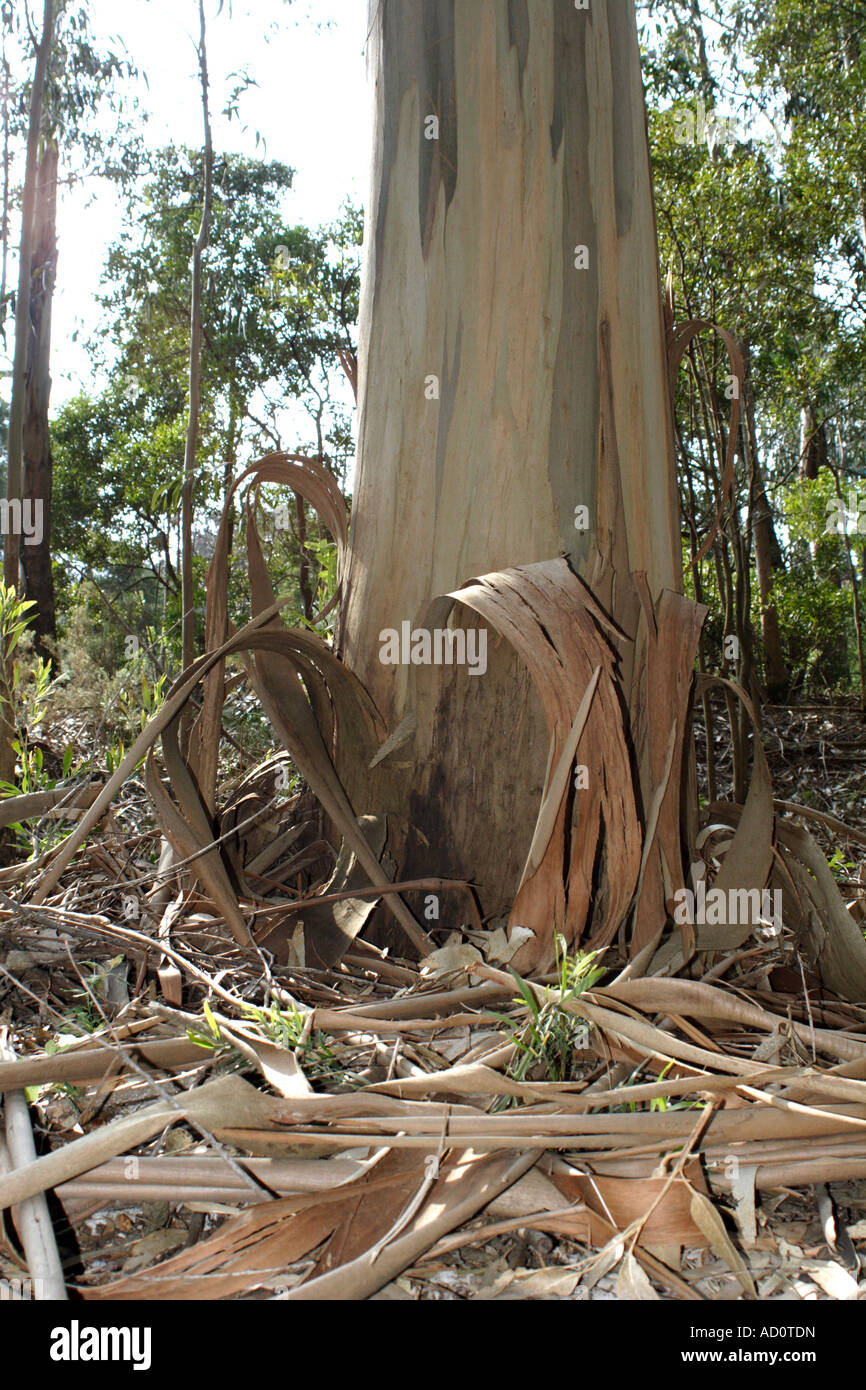
Eucalyptus tree shedding bark, Cies Archipelago, Spain Stock Photo Alamy
The rainbow eucalyptus tree has attractive, colorful bark (Image credit: Carver Mostardi/Alamy Stock Photo) How to pollard or coppice a eucalyptus . Pollarding is a horticultural technique where you chop off the tree cleanly to 3-4ft from the soil. Coppicing is where the plant is cut right back to 4in (12cm) from the soil.
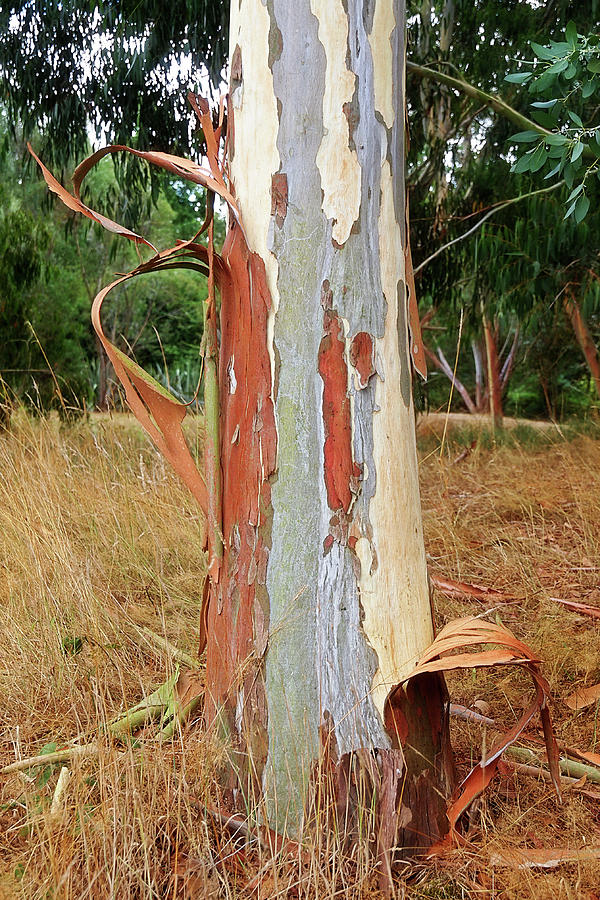
Colorful Eucalyptus Tree Bark 3 Photograph by Gill Billington Pixels
A eucalyptus tree has a shaggy bark and long, leathery, blue-green leaves that are thick and pointed. The oil-secreting glands are located on the leaves that grow alternatively on the branches of the tree. Eucalyptus trees produce flowers that resemble a closed cup before blossoming.
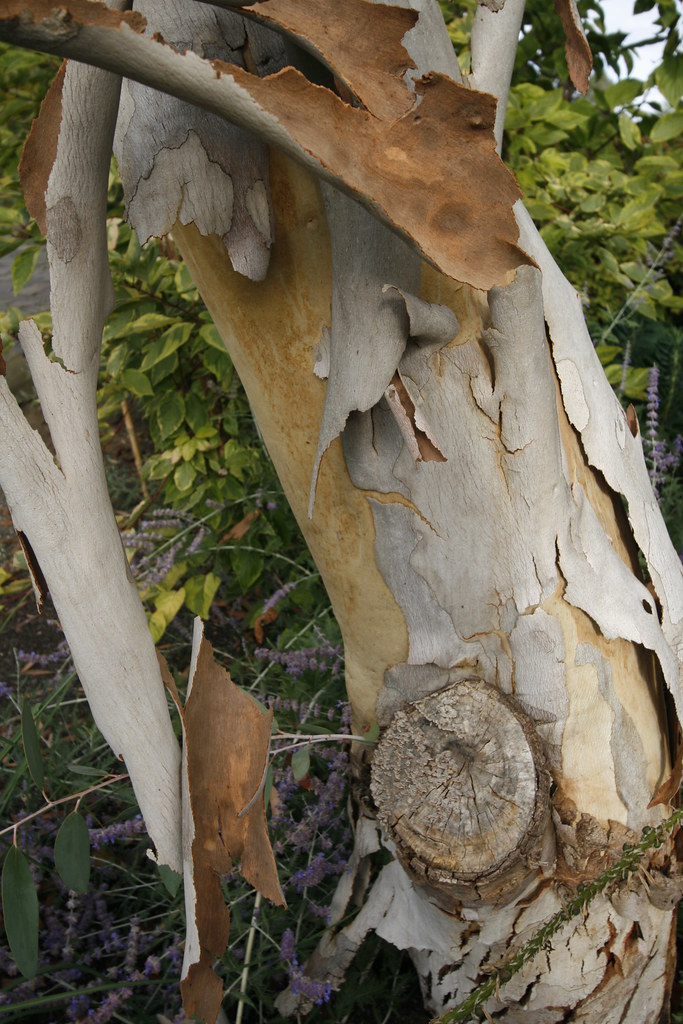
Peeling bark on eucalyptus tree at Joy Creek Nursery Flickr
Every year, the tree trunk expands, putting on weight, laying down fibre and it grows an extra layer of bark. The outer, older layer is then shed. E. dalrympleana is known as the broad-leaved kindling bark for good reason - Great stuff for lighting the barbie! Of the 800 or so Eucalyptus species, bark classification falls into roughly two camps;
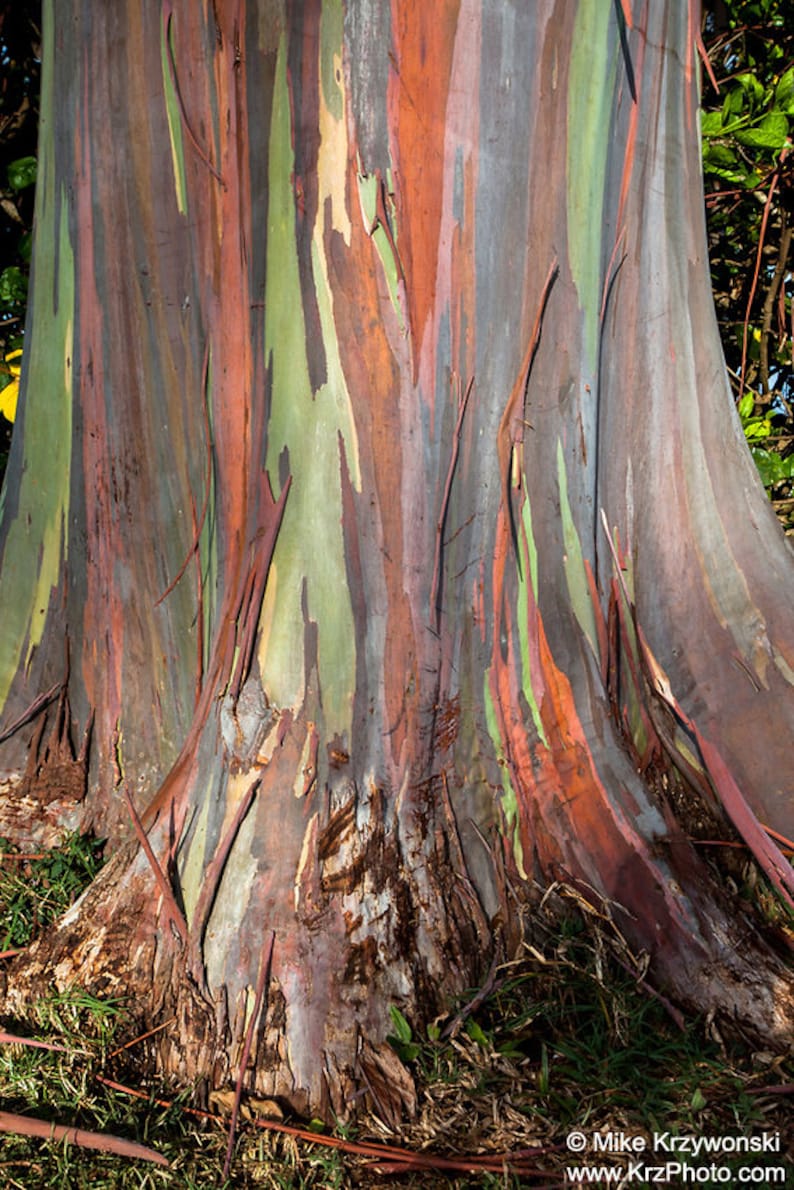
Close up of Rainbow Eucalyptus Tree Bark Oahu Hawaii Photo Etsy
Eucalyptus trees are tall, slender, have broad, waxy, lanced-shaped leaves and stringy barks. their leaves are grey-green or blue-green. In the summer, mature eucalyptus trees may also produce petalless flowers. The main stems shed their barks from time to time (yearly) creating a compelling pattern.

Peeling Eucalyptus camaldulensis bark Stock Image C038/3269 Science Photo Library
The Rainbow Eucalyptus tree was first planted in Hawaii in 1929 at Oahu's Wahiawa Botanical Garden as part of the islands' reforestation efforts, though it is unknown how these painted gum trees were introduced to the rainforest of Hana. Some speculate the trees were planted in the 1930s to control soil erosion due to overlogging, while.